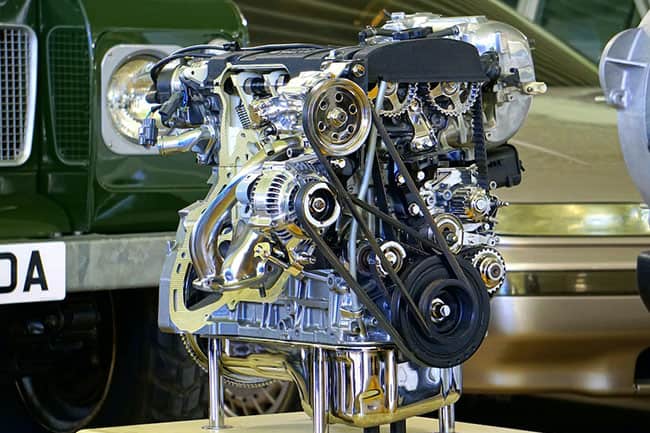In recent years, due to the requirements of energy saving and lightweight, hydroforming technology has been widely used in automobile manufacturing with a series of advantages. Compared with ordinary processing technology, hydroforming technology can not only form duplicate parts but also improve the quality and life of parts, reduce processes and reduce costs. At the moment when automobile lightweight has become a trend, hydroforming technology will undoubtedly play an important role.
According to the characteristics of automobile processing, hydroforming technology can generally be divided into pipe hydroforming technology and sheet metal hydroforming technology.

As the shape of automobile body panels becomes more and more complex, and a large number of new materials such as aluminum and magnesium are used, sheet metal hydroforming technology has incomparable advantages over traditional sheet metal forming technology. It can not only form parts with complex shapes but also have high precision and a smooth surface. In addition, sheet metal hydroforming can reduce the number of parts and tooling. This significantly reduces processing costs.
In automobile manufacturing, hydroforming technology has many obvious advantages such as reducing weight, saving materials, improving the quality of parts, reducing the number of processes, parts and molds, and reducing production costs. Therefore, the application of hydraulic presses in the automotive industry is very popular. Zhengxi’s hydraulic press machines can be customized according to the customer’s tonnage requirements, providing the best solution for automobile manufacturing applications.


1. Exhaust system parts, such as intake pipes, exhaust tailpipes, etc. If this type of special-shaped tube is produced using traditional processing methods, more processes are required. And more processes mean high costs and may increase additional weight. However, if the hydraulic forming technology is used, it can be formed at one time, saving manpower and material resources.
2. Bearing parts, such as frame longitudinal beams, rear axle beams, etc. This type of part has high requirements for strength and rigidity. In the past, stamping and welding were used, which not only required a large workload but also made it difficult to ensure the uniformity of performance required by the load. Hydroforming technology can avoid these. In addition, fatigue strength can be improved.
3. Engine and power system parts, such as suspension beams, hollow camshafts, etc. In order to ensure a stable transmission load capacity, machining was mainly used in the past. And most of them were processed from solid blanks, which increased the weight of the car. It is contrary to the current lightweight requirements. The hydroforming technology can have both while ensuring the load capacity, it can also meet the requirements of lightweight.
4. Structural parts, such as windshield brackets, space frames, etc. They are not only to play a supporting role but also to reduce the weight of the car as much as possible. All can be achieved by using hydroforming technology.

A professional hydraulic press manufacturer in China, with high quality, the newest design, and competitive prices. Find leading hydraulic press machine solutions here.